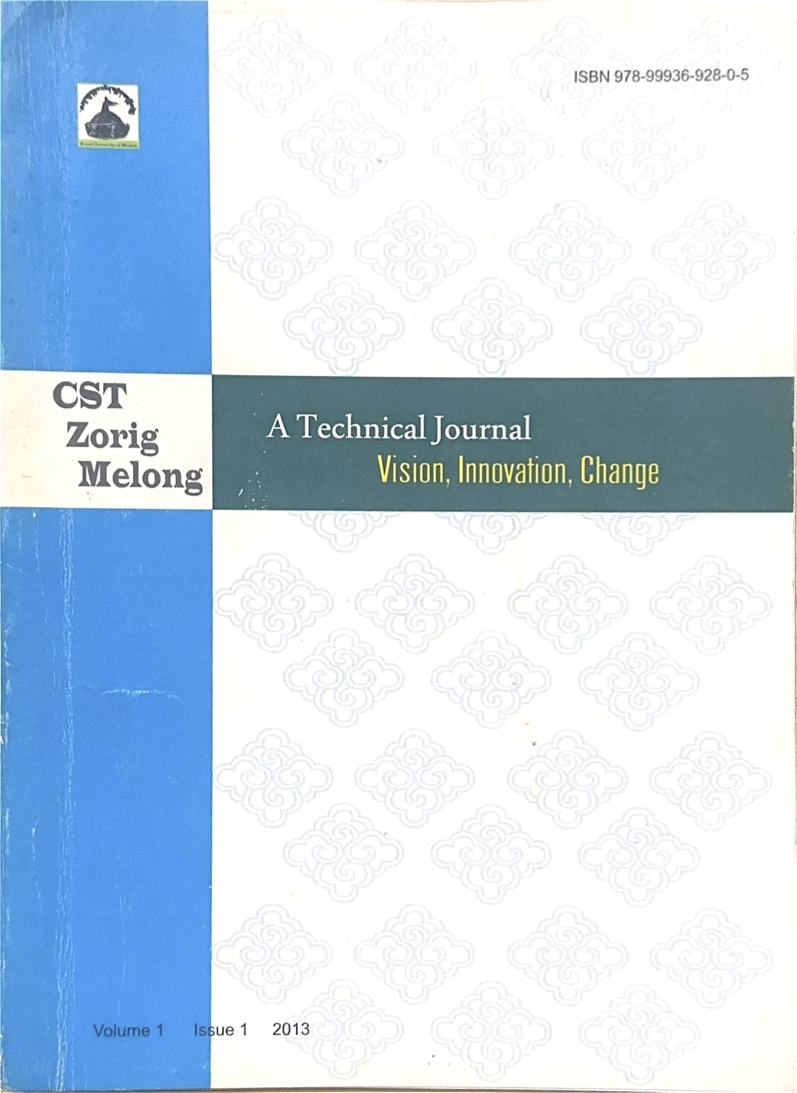Survey of the Mobile Phone Preferences: A CST Case Study
DOI:
https://doi.org/10.17102/zmv1.i1.013Keywords:
Mobile phones, OS, 3G, mobile platform, communication deviceAbstract
Mobile phones are becoming core communication devices in people's lives. The vast presence and significant impact on users' daily life make mobile phones important devices to study. In Bhutan, the living standard domains of populations are measured using material wellbeing (K. Ura et al., 2012), which ensures the fulfillment of basic material needs for a comfortable living. Despite the growing importance of mobile phone technology, there has been relatively little research on consumers' evaluation of the mobile phone, particularly in the Bhutanese context. In this study, we proposed to investigate mobile phone preferences among users, its operating systems, and platforms. To look into the Bhutanese scenario, a quantitative study drawing data from 351 users was employed. The results showed that Nokia phones were the most popular brand; 63 with Nokia featured phones, 81 with Nokia smart phones, and 51 with smart phones with 3G. The second most popular brand was Samsung phones; 48 with featured phones, 9 with smart phones, and 43 with smart phones with 3G. At the district level, Trashigang stood as the highest responder, followed by Thimphu, Paro, and Trongsa.





